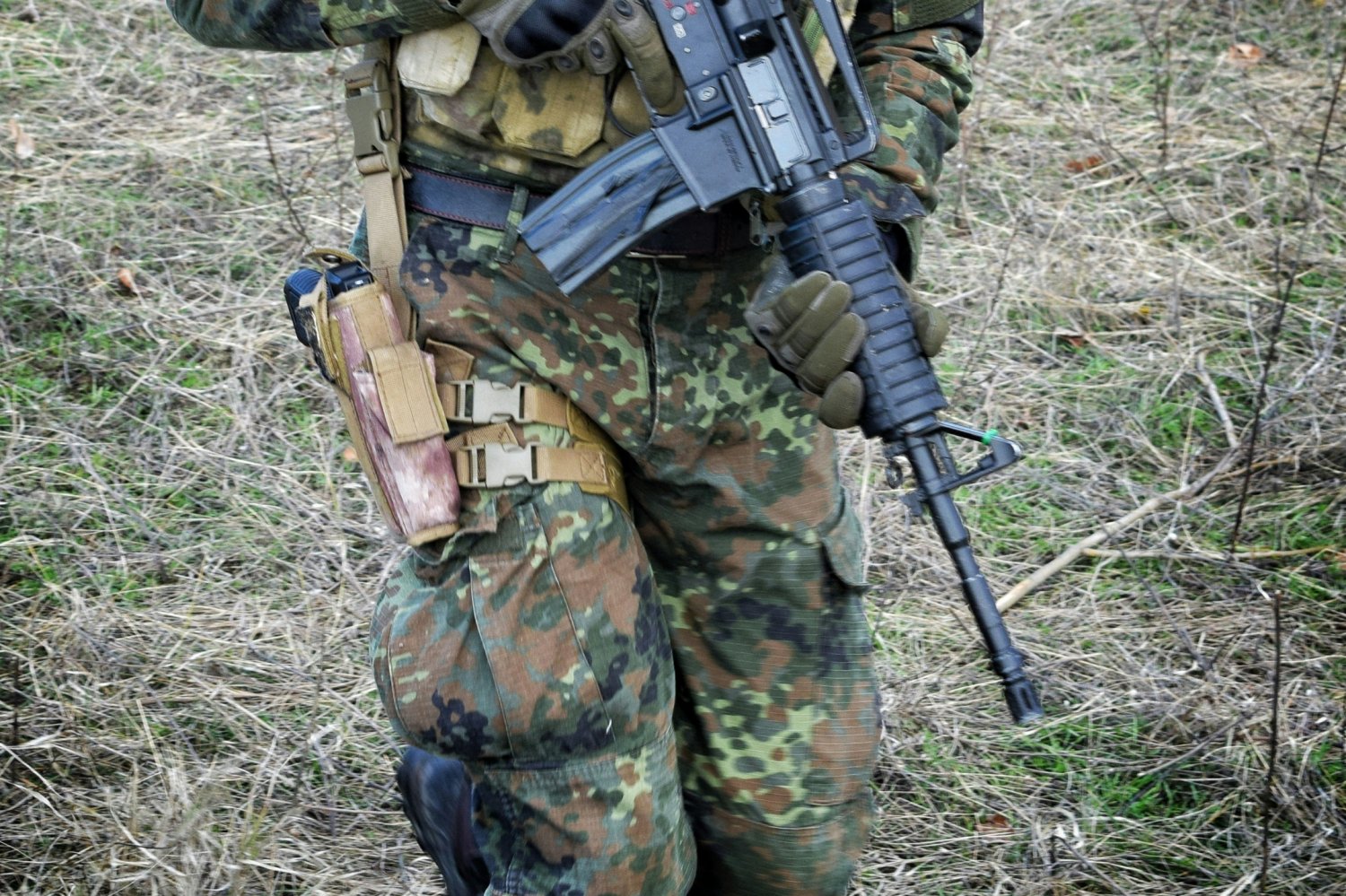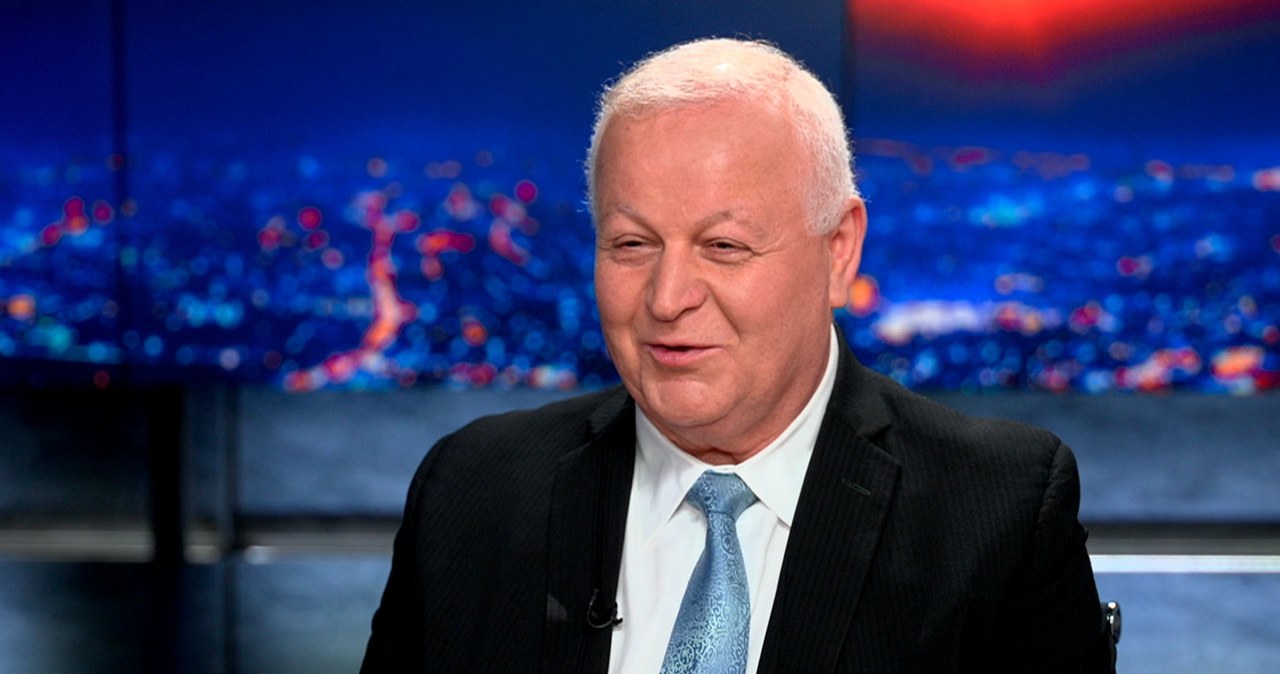Computer searches asking "where on the head is a knock fatal?" were made on the day two men were killed whose body parts were later found in suitcases near the Clifton Suspension Bridge, a jury has heard. The searches were conducted whilst the victims were still alive in their west London flat.
Yostin Andres Mosquera, 35, is on trial for the murders of Albert Alfonso, 62, and Paul Longworth, 71, on July 8 2024 in the flat they shared in Scotts Road, Shepherd's Bush. The Colombian national is alleged to have repeatedly stabbed Alfonso, who suffered injuries to his torso, face and neck, whilst Longworth was attacked with a hammer to the back of his head and his "skull shattered", prosecutor Deanna Heer KC has told jurors at Woolwich Crown Court.
Computer searches revealed deadly intent
On Tuesday, the court heard that Mosquera made repeated computer searches to find a freezer in the build-up to the killings. Many of the searches were in Spanish, some used Google translate and were made whilst Mosquera was the only person in the house, the jury heard.
He asked questions about delivery options and several searches were looking for a deep freezer, a chest freezer, and large indoor and outdoor freezers for sale. In the days before the killings, the phrase "hammer killer" was tapped into the computer.
Defendant admits to fatal head search
Giving evidence through a translator, Mosquera, who blames Alfonso for Longworth's death, said he must have carried out the search about fatal head injuries. The prosecution alleges that Mosquera "decapitated and dismembered" the two men and left their heads in a freezer before travelling to the Clifton Suspension Bridge in Bristol with other parts of their bodies.
CCTV images showing Longworth appearing in a window prove he was still alive when the searches about potentially fatal blows to the head were made on July 8. When asked by Heer if he could think of any reason for searching about fatal head injuries whilst Longworth was still alive, Mosquera replied "no reason".
Prosecution outlines timeline of attack
Heer later suggested: "I suggest that you did that in the morning and why you were searching for 'where on the head is a knock fatal?' is because you were planning to kill Mr Longworth." Mosquera replied: "No".
Heer suggested the killing "probably" happened around the time curtains were seen closing at 12.30pm. She told Mosquera: "You closed the curtains at 12.30pm and open them at 1pm. I suggest that this is the time you took a hammer and hit Paul Longworth."
Evidence points to premeditated attack
"You approached him from behind and you hit him on the head with the hammer. You did so repeatedly," Heer continued. Mosquera flatly denied the allegation, saying "No".
A white plastic bag containing flaky and dried blood was found to contain Longworth's DNA. When asked if he put the bag over Longworth's head before hitting him with the hammer, Mosquera replied "No".
Defendant's claims of self-defence
Mosquera admits killing Alfonso but claims it was manslaughter by reason of loss of control. He denies murdering either man and insists Alfonso killed Longworth.
Mosquera had first come to the UK from Colombia in June 2024 on the promise of English lessons and financial support from Alfonso, whom he had met years earlier through webcam sex websites. Mosquera has previously told the jury he feared for his own life and believed he was about to be killed when he stabbed Alfonso.
Mental state during alleged attack
Mosquera said he was thinking about what he claims Alfonso had done to Longworth. He said he was thinking about the threats Alfonso had made to him and how he had been treated.
Referring to his defence statement outlining how he felt at the time of the killing, Heer told Mosquera: "You thought that your head would blow up like a balloon. You could hear the blood pumping in your body and you could hear a constant beep. This happened to you a few minutes before you killed Mr Alfonso."
(PA) Note: This article has been edited with the help of Artificial Intelligence.









